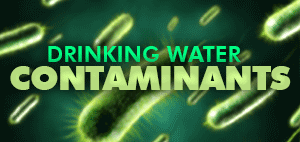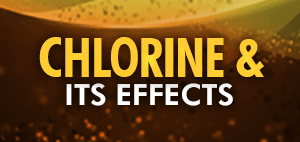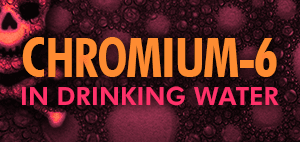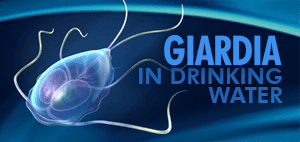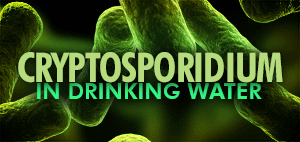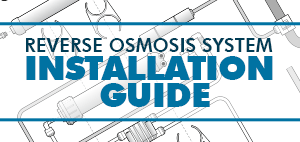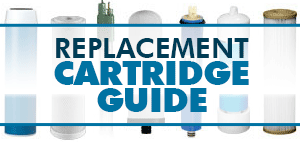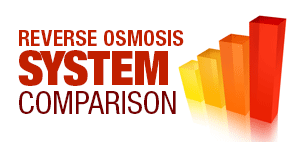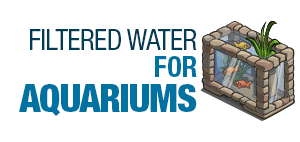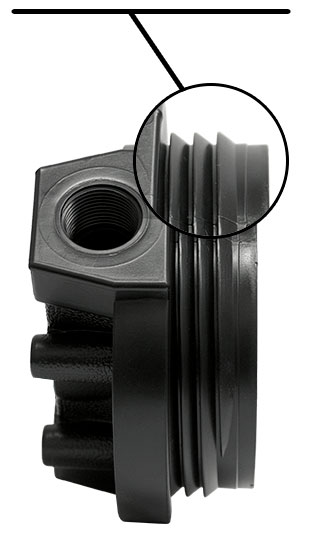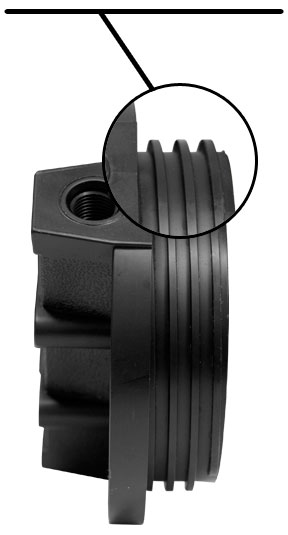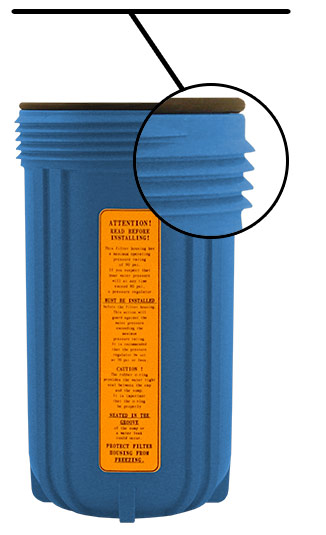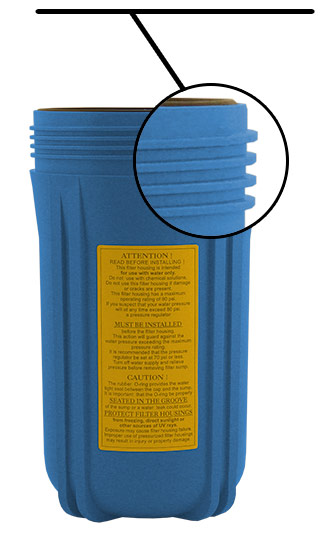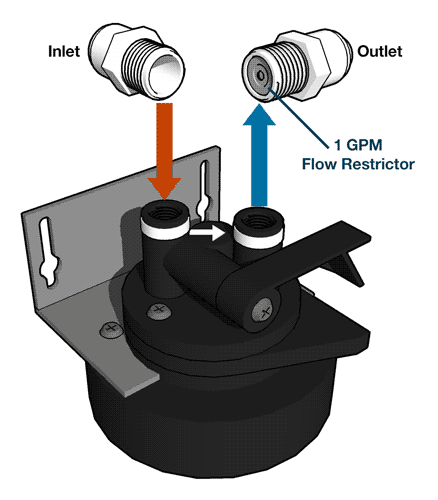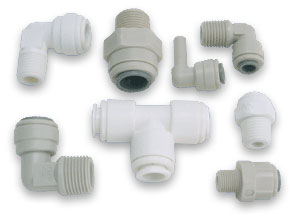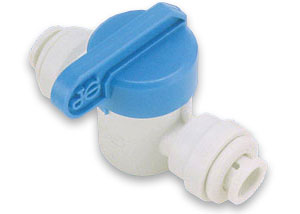What is Mercury and Why Is It In My Water?
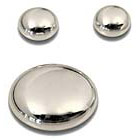 Mercury is a silvery room-temperature heavy metal and a chemical element. Mercury is found in natural ores deposits and manufactured devices such as barometers, thermometers, dry-cell batteries, switches, fluorescent light bulbs, and other various electronics.
Mercury is a silvery room-temperature heavy metal and a chemical element. Mercury is found in natural ores deposits and manufactured devices such as barometers, thermometers, dry-cell batteries, switches, fluorescent light bulbs, and other various electronics.
Mercury can seep into water supplies from improperly discarded devices containing it, as runoff from landfills & farm land, dumped by factories, or from natural deposits. The current EPA regulated maximum containment level for mercury is 2 parts per billion.
What are the Health Effects of Mercury Exposure?
Mercury is extremely toxic and precautions must be taken when handling or disposing of it, as mercury can be absorbed through the skin and inhaled. Mercury poisoning deteriorates the nervous system, can impair hearing, speech, vision and gait, involuntary muscle movements, corrodes skin and mucous membranes, and causes chewing and swallowing to become difficult.
Mercury Removal From Drinking Water
Boiling your water will not remove mercury from it. Most systems with thin film composite membranes or filters containing KDF media will reduce mercury levels in drinking water, like reverse osmosis, under sink, and most Everpure systems. There is also specialty cartridges and filters made to complete remove mercury from drinking water, the types we carry are listed below.
Reverse Osmosis Water Filters Everpure Systems and Cartridges Aries Filter Works Pentek Inline Filters http://34.239.127.70/product-category/cartridges/inline-filters/
NSF 53, 58 or
62 Certified
From NSF.org
NSF/ANSI Standard 53: Drinking Water Treatment Units – Health Effects
Overview: Standard 53 addresses point-of-use (POU) and point-of-entry (POE) systems designed to reduce specific health-related contaminants, such as Cryptosporidium, Giardia, lead, volatile organic chemicals (VOCs), MTBE (methyl tertiary-butyl ether), that may be present in public or private drinking water.
NSF/ANSI Standard 58: Reverse Osmosis Drinking Water Treatment Systems
Overview: This standard was developed for point-of-use (POU) reverse osmosis (RO) treatment systems. These systems typically consist of a pre-filter, RO membrane, and post-filter. Standard 58 includes contaminant reduction claims commonly treated using RO, including fluoride, hexavalent and trivalent chromium, total dissolved solids, nitrates, etc. that may be present in public or private drinking water.
NSF/ANSI Standard 62: Drinking Water Distillation Systems
Overview: Standard 62 covers distillation systems designed to reduce specific contaminants, including total arsenic, chromium, mercury, nitrate/nitrite, and microorganisms from public and private water supplies.
Sources of Information on Mercury
The foregoing information was compiled from the the links listed above.






